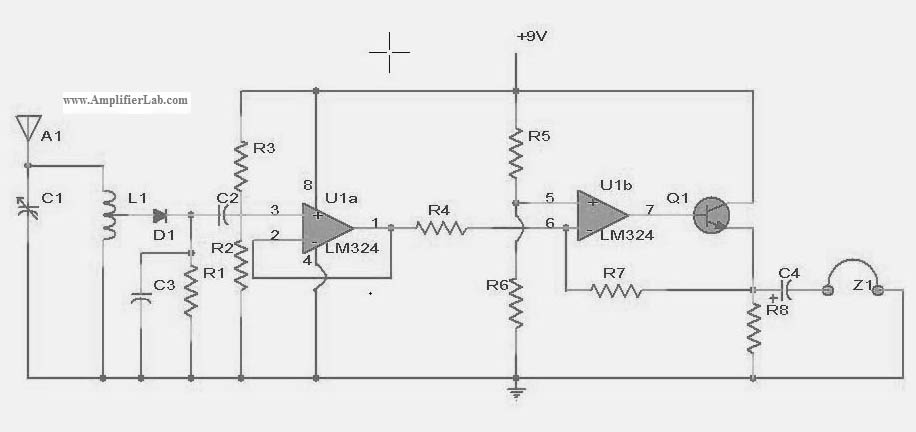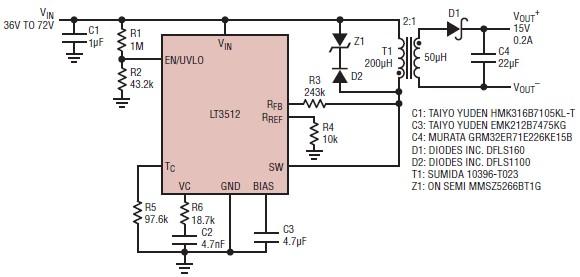
Electronic coin tosser

The circuit illustrated simulates the action of flipping a coin by simply pressing switch PB1. More: A straightforward circuit.
The circuit operates using a simple mechanism that allows for a binary outcome, akin to a coin flip. When switch PB1 is pressed, it triggers a change in the output state of the circuit. This can be achieved using a flip-flop configuration, which is a common way to create a bistable multivibrator.
In a typical implementation, the circuit may utilize a 555 timer IC configured in a monostable mode or a D flip-flop. The pressing of PB1 would send a pulse to the clock input of the flip-flop, changing its state from low to high or vice versa.
The output can be represented through LEDs, where one LED lights up for heads and another for tails, providing a visual representation of the coin flip. Resistors may be included in series with the LEDs to limit current and prevent damage.
Power supply connections should be made to the circuit, typically utilizing a 5V or 9V source, depending on the components used. It is essential to ensure proper grounding to maintain circuit stability.
This simple circuit effectively demonstrates fundamental electronic principles while providing an engaging interaction through the physical act of pressing the switch.The circuit shown simulates the flipping of a coin by merely pushing switch PB1 An easy circuit. 🔗 External reference
The circuit operates using a simple mechanism that allows for a binary outcome, akin to a coin flip. When switch PB1 is pressed, it triggers a change in the output state of the circuit. This can be achieved using a flip-flop configuration, which is a common way to create a bistable multivibrator.
In a typical implementation, the circuit may utilize a 555 timer IC configured in a monostable mode or a D flip-flop. The pressing of PB1 would send a pulse to the clock input of the flip-flop, changing its state from low to high or vice versa.
The output can be represented through LEDs, where one LED lights up for heads and another for tails, providing a visual representation of the coin flip. Resistors may be included in series with the LEDs to limit current and prevent damage.
Power supply connections should be made to the circuit, typically utilizing a 5V or 9V source, depending on the components used. It is essential to ensure proper grounding to maintain circuit stability.
This simple circuit effectively demonstrates fundamental electronic principles while providing an engaging interaction through the physical act of pressing the switch.The circuit shown simulates the flipping of a coin by merely pushing switch PB1 An easy circuit. 🔗 External reference





